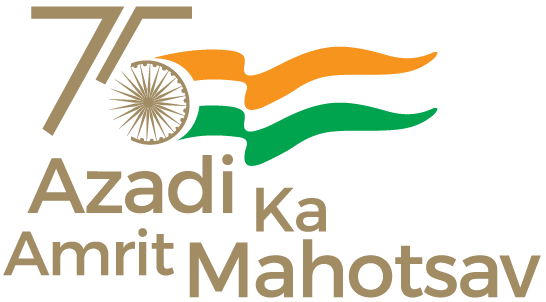India is the world's largest milk producing country with production of 108.5 million tons of milk during 2008-09 alone. Milk production involves more than 70 million producers in India2 . The demand for milk is projected to rise to 180 million tonnes by 2013.
The dairy sector offers good self employment opportunities that have rightly been exploited by the Self Help Groups formed in large numbers in the past few years and these ventures have mostly been successful in India. Studies have shown that majority of the Indian farming households are involved in milk production as a subsidiary occupation along with farming. Higher production potential and sustainability component make it a good model for ensuring rural prosperity.
However the commercial aspects of daily farming has always been plagued with many deficiencies such as lack of adequate fodder and feed sources, non availability of quality milch animals, lack of awareness about scientific animal management, pricing issues, lack of proper marketing outlays and so on. In this background, the Doodh Ganga Yojana was crafted by the Government of Himachal Pradesh.
The Doodh Ganga Yojana is aiming to devise dairy farming effective and easy and thereby making it a viable and profitable self employment venture. It was started by Government of
India's Department of Animal husbandry as dairy venture capital scheme to be implemented through National Bank for Agriculture and Rural Development (NABARD). The scheme aims to transform micro enterprises engaged in dairy farming into organised dairy business enterprises. Doodh Ganga Yojana plans to economically uplift 50,000 rural households through formation of 10,000 Self Help Groups within a span of three years. The scheme makes comprehensive provisions to take retailing of dairy products in a large scale.
The primary objective of the scheme was to create an alternative means of livelihood for the local population. The secondary objective was to call for a white revolution through the successful implementation of the scheme.
Under the initial phase of Doodh ganga Yojana, loans were provided to Self Help Groups and even to individuals to set up dairy units of 10 animals in each, with a total cost of rupees 3 lakh per unit. The second phase of the scheme switched over from free loan scheme to capital subsidy scheme. The second phase would provide the beneficiary a 25 percent back end capital subsidy on the total project cost. For Scheduled Caste and Scheduled Tribe beneficiaries it would be 33.33 percent capital subsidy.
Overall, the scheme is successful in uplifting economic status of the rural population who was earlier living on solely on agriculture produced. Doodh Ganga Yojana has supported 2531 cases so far. Out of the proposed 300 crore target, loans to the tune of 50 crore are already advanced to the beneficiaries. With the Yojana being implemented successfully, it is expected to increase milk production in the state by 350 lakh litter per annum with an average yield of 5 liters per day per animal for 200 days in a year.
Attachment

















